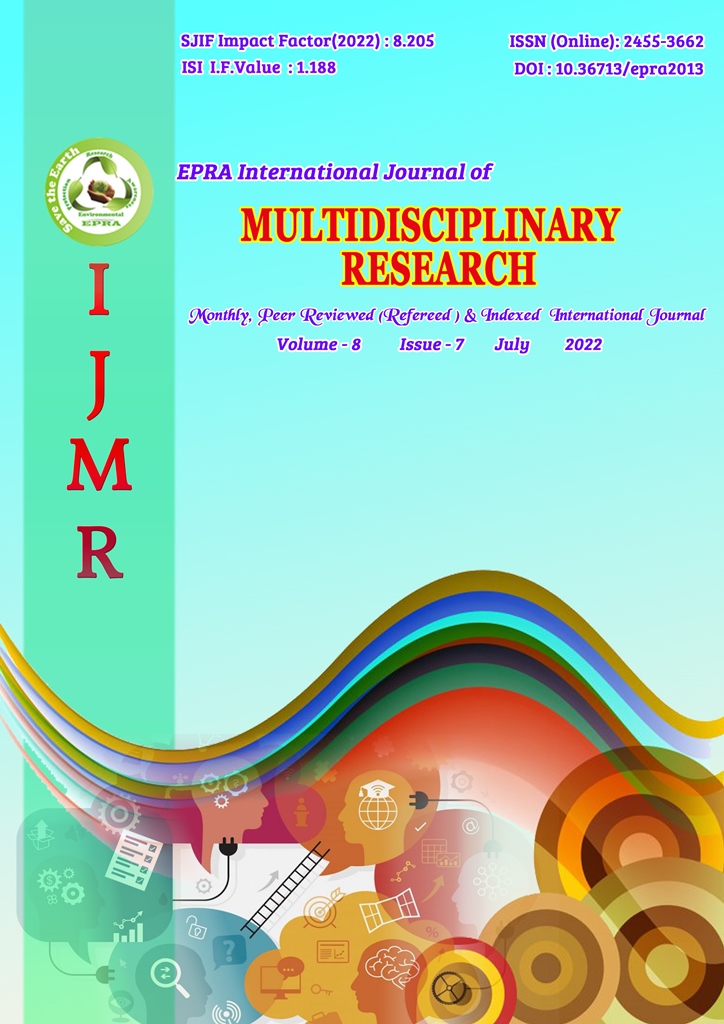COLONIAL FORESTRY AND THE SHIFTING CULTIVATION ON THE GARO HILL IN SECOND HALF 19TH CENTURY
Keywords:
environment-history, ecological-history, belief-system, indigenous , subsistence, shifting cultivation, plough-agriculture,Abstract
The terms ‘environment history’ and ‘ecological history’ are often used as same meaning. The term ‘ecology’ is defined that ‘the science of the relations of leaving organisms to the external world, which may call ‘nature’ or none human world; the world we have not in any primary sense created. natural environment is directly or indirectly creator of human history. Social-structure, economic organization and belief system have been based on the specific region’s ‘environment’. In these sense, the region of present study I.e .the Garo Hill in colonial India is no exception. On the other hand, Conservation of forest for the purpose of commercial value for future exploitation that is clear to have exterminated of indigenous community. As a result, a subsistence economic activity such as ‘shifting cultivation’ was felt in great troubles. Shifting cultivation was the Characteristics form of agriculture over large part of north-eastern India, hilly and forested tracts where plough agriculture was not feasible. Therefore, my research agenda to enquire the relationship between shifting cultivation and scientific forestry, and was this relationship reciprocal? or not. In this context, it will be discuss how much impact it on the environment of this region.
